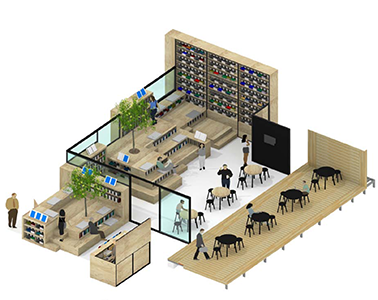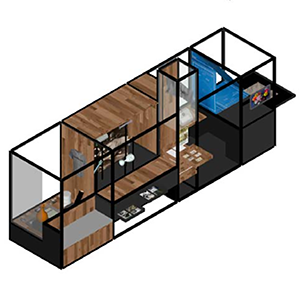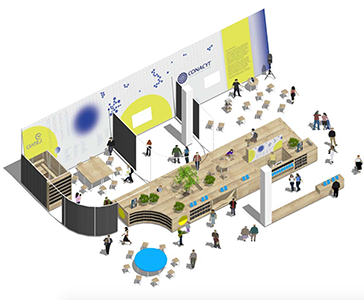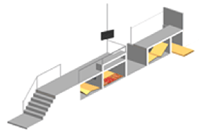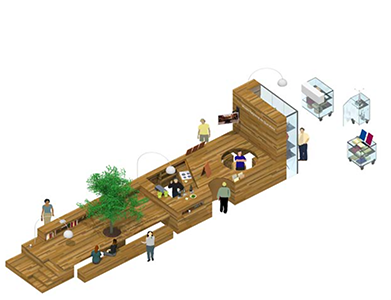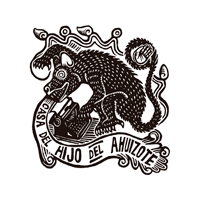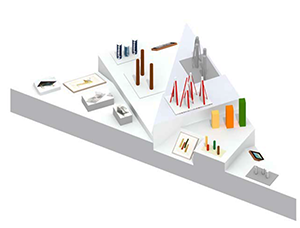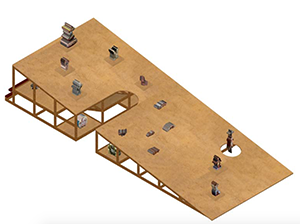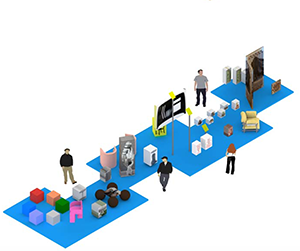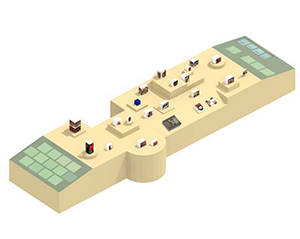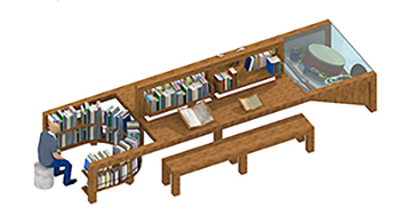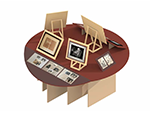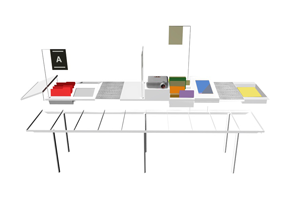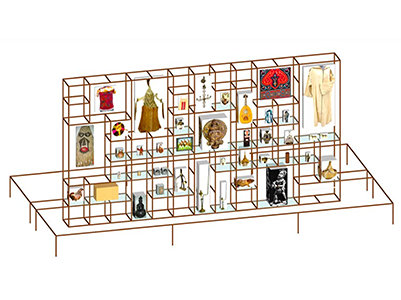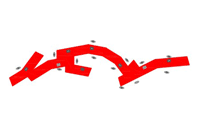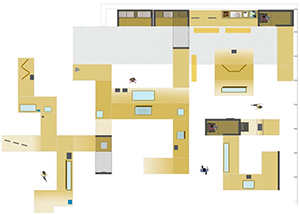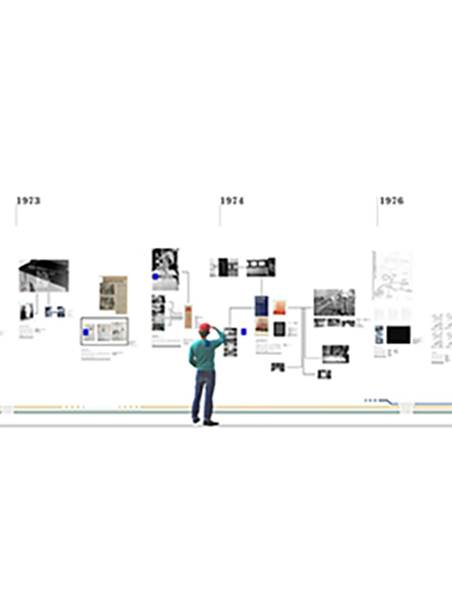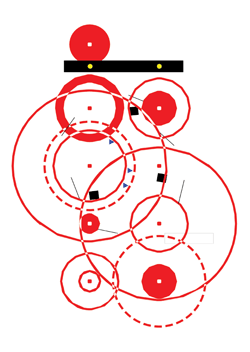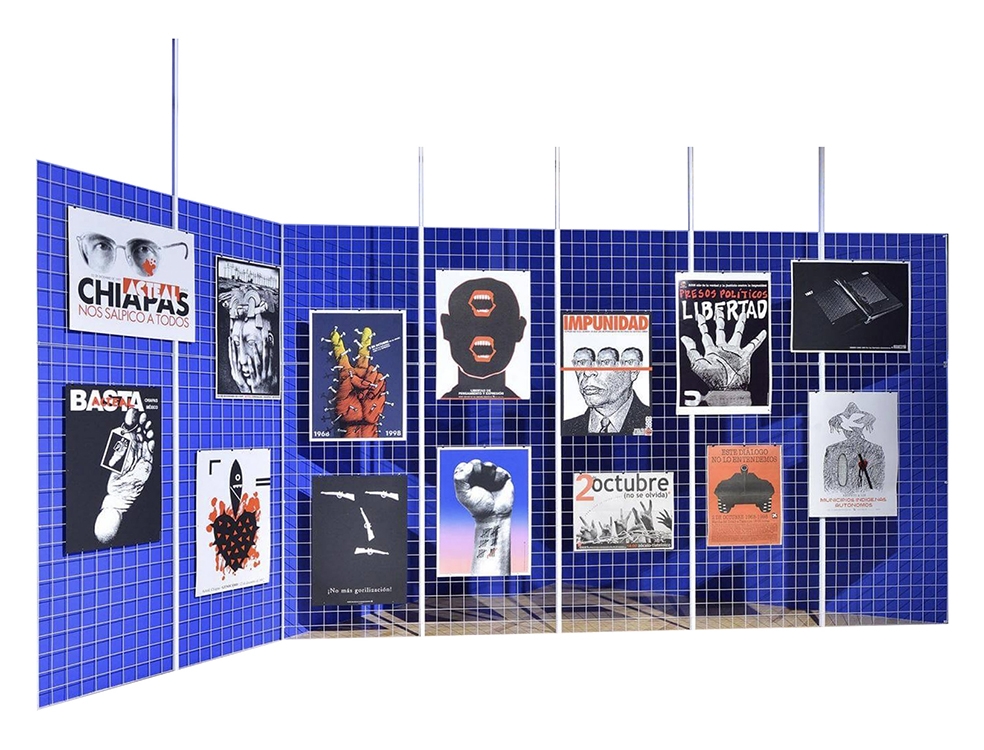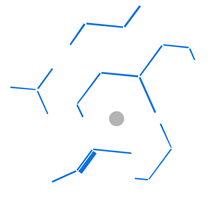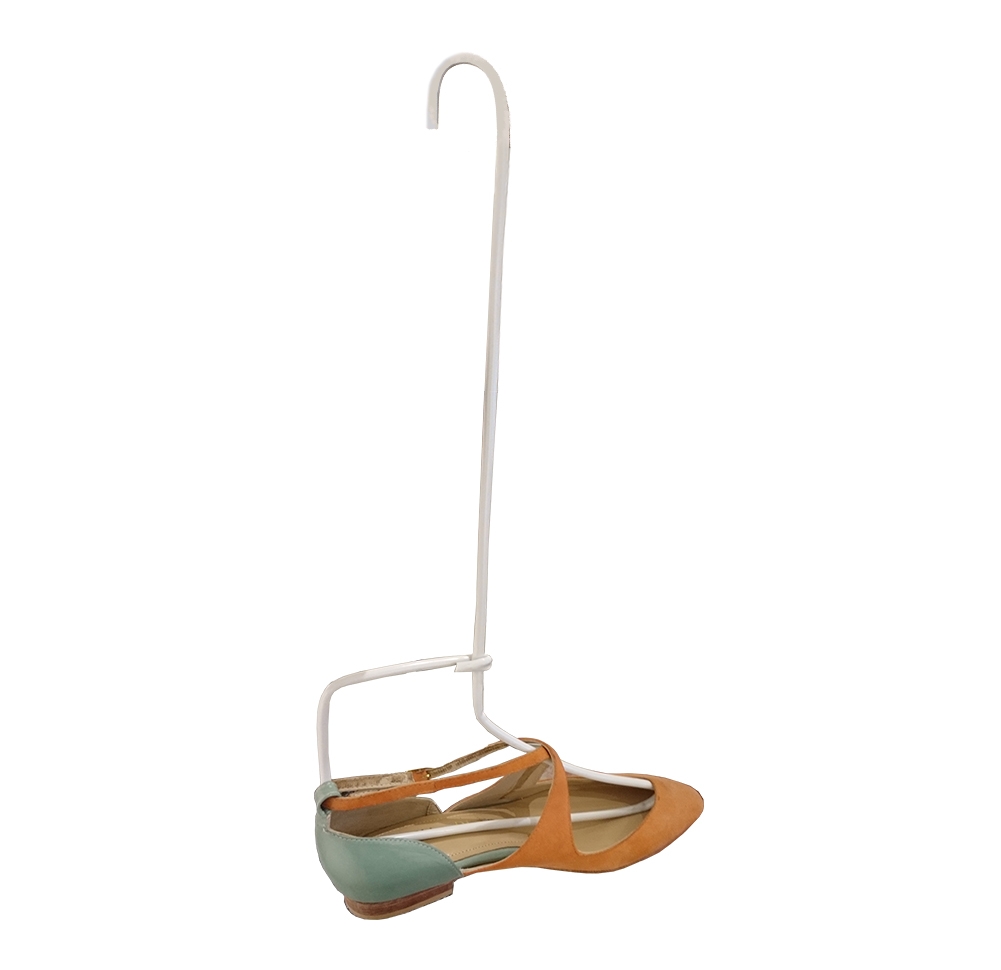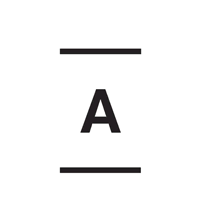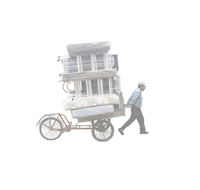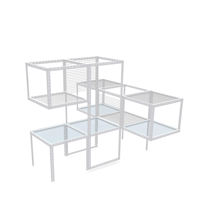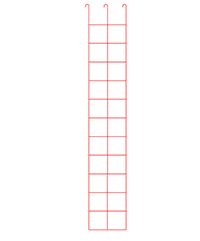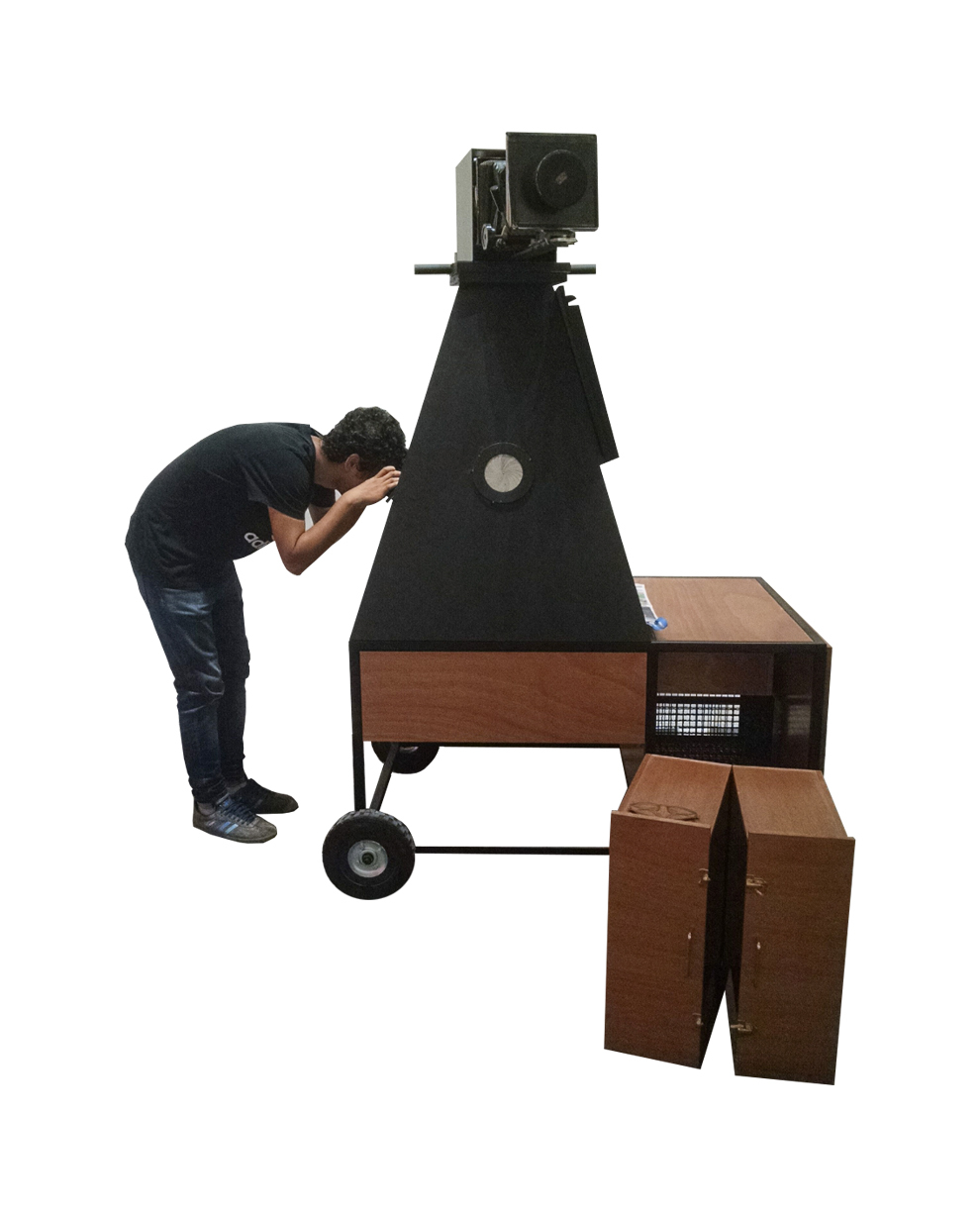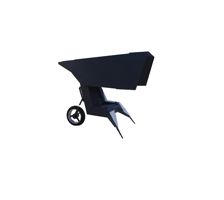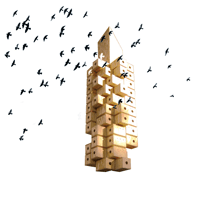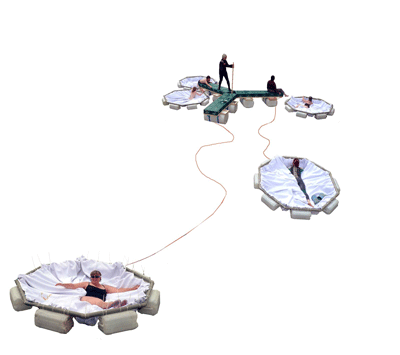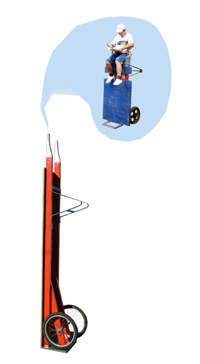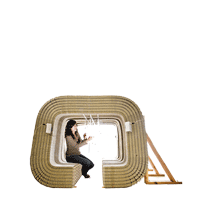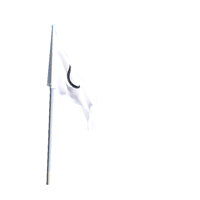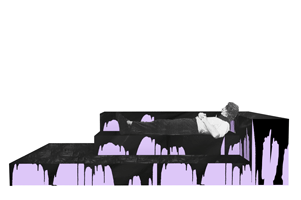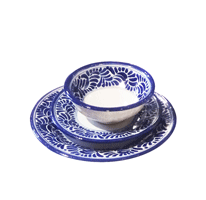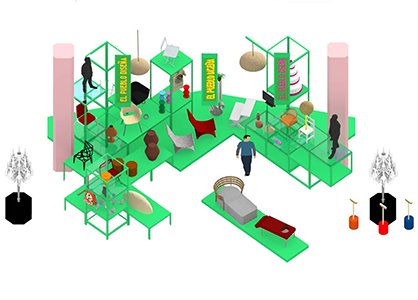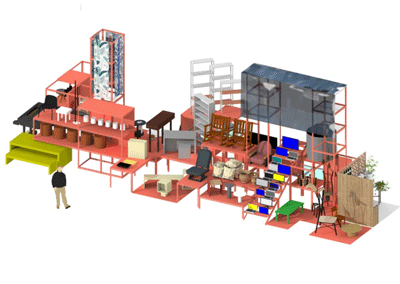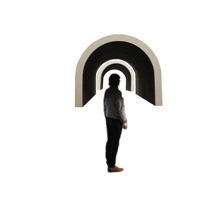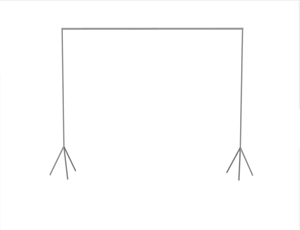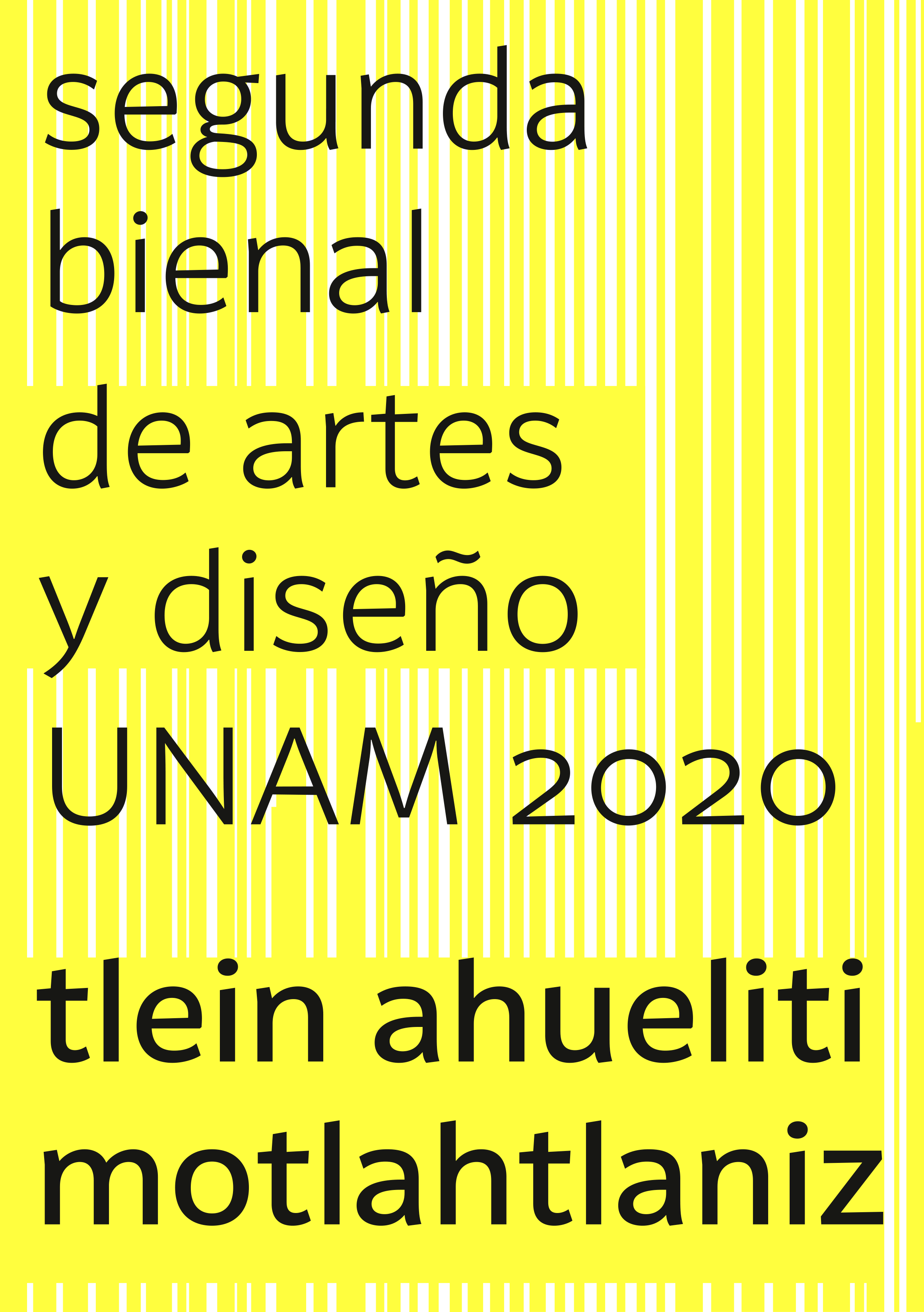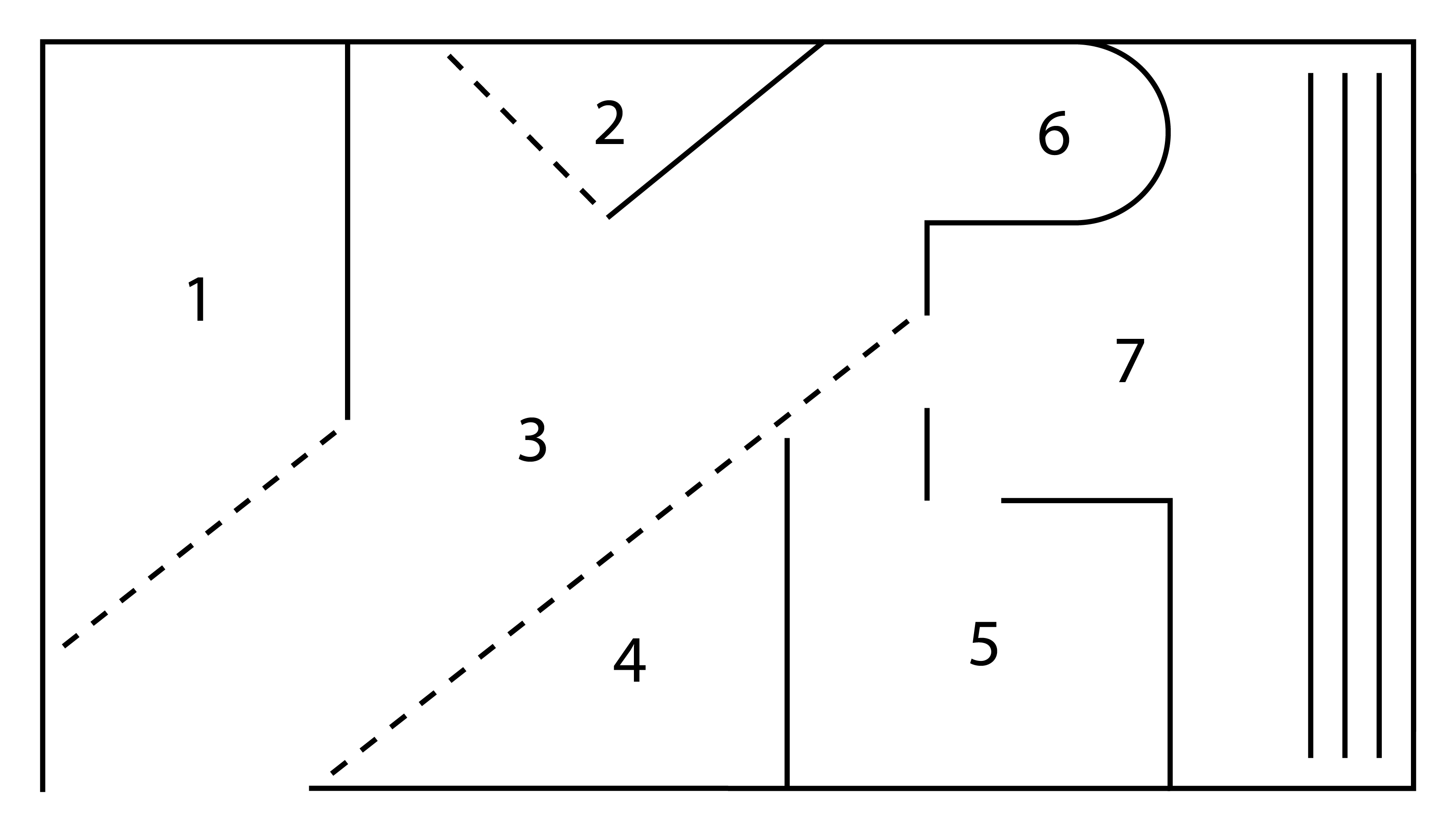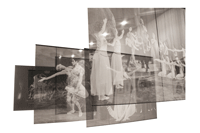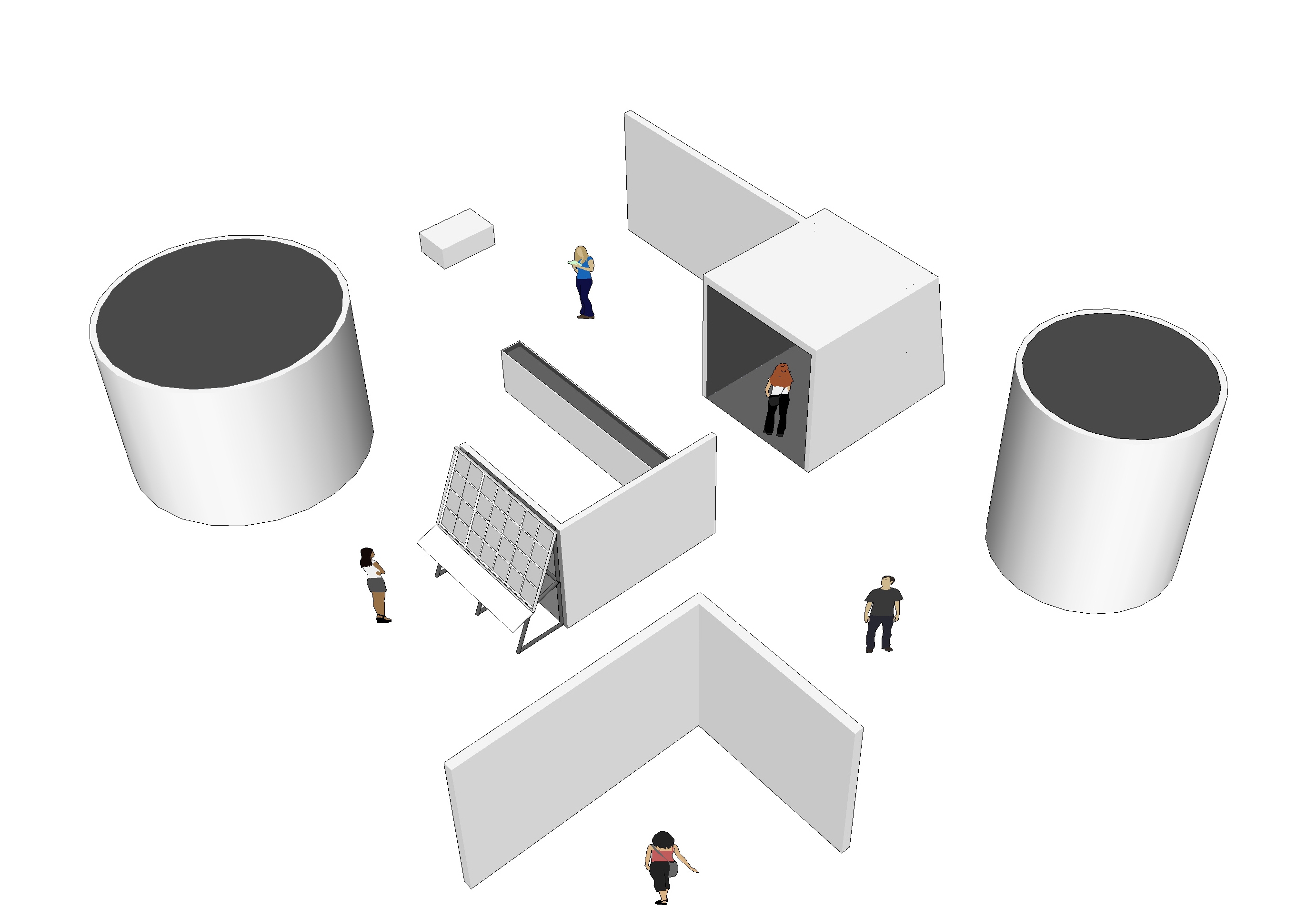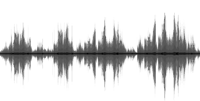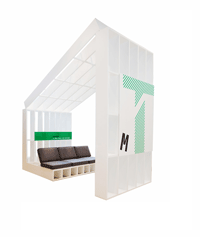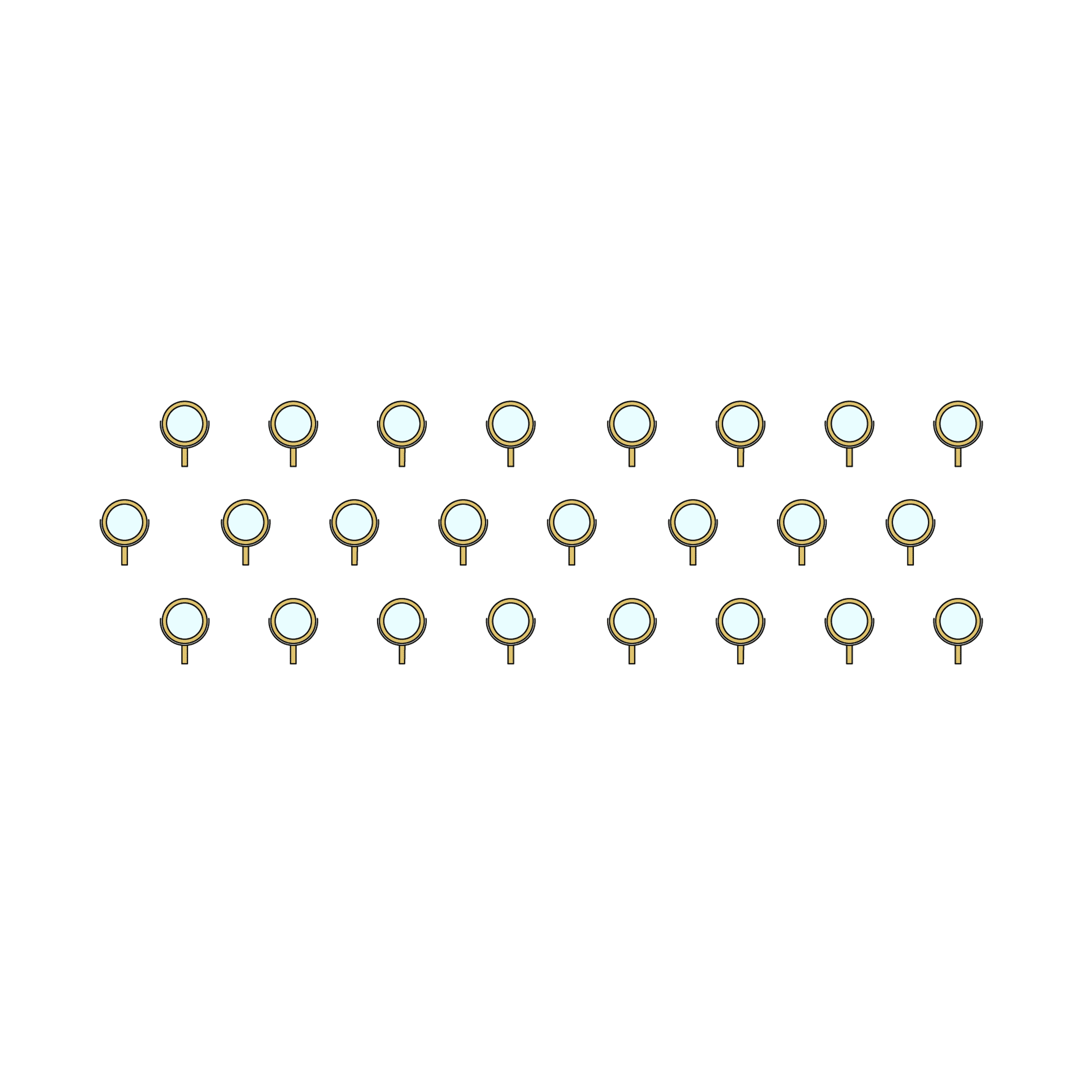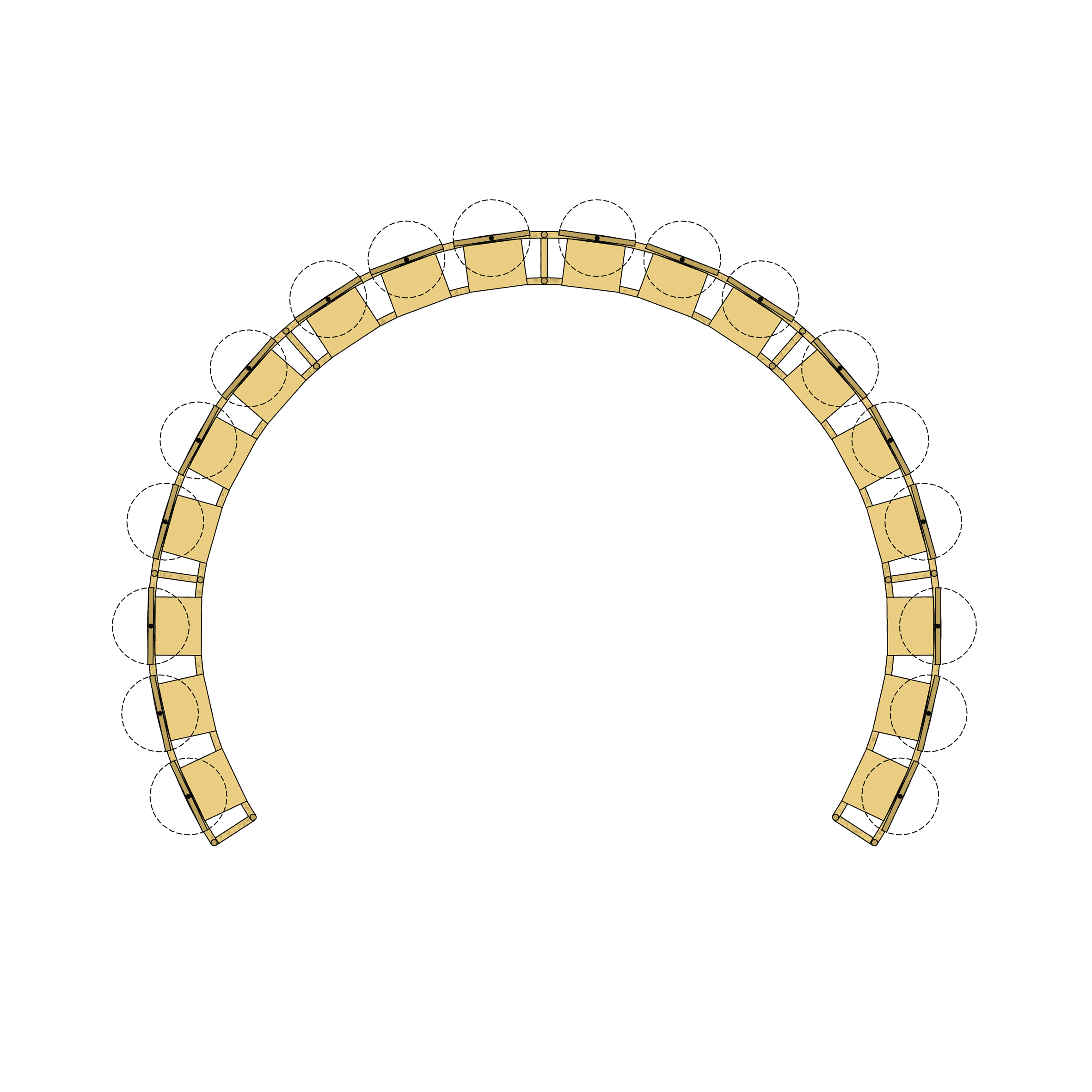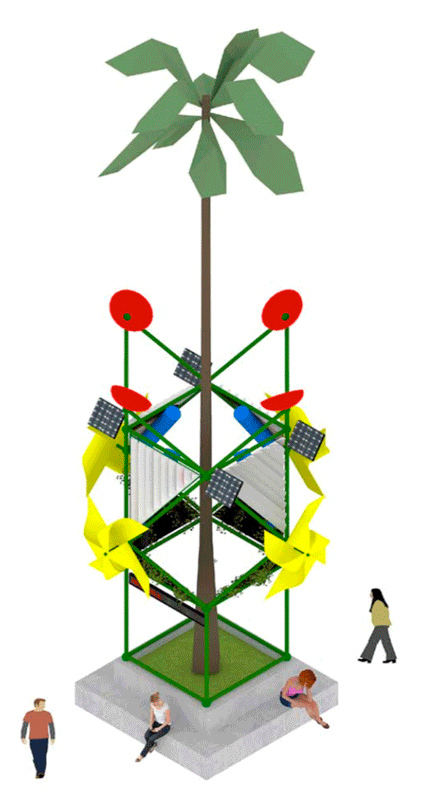(In collaboration with Lucia Sanromán)
Political Equator was a three-day event on the topic of “urbanities of labor and surveillance”, that took place from June 9 to 11, 2006, in the trans-border region between the San Diego/ Tijuana. It was organized by the department of Visual Arts of the University of California, San Diego campus, (UCSD) in collaboration with the Haudenschild Garage, Casa Familiar, and InSite.
Germen was invited to work on a space recently formed by Casa Familiar, an activist organization and NGO located in San Ysidro, CA that is committed to act on the cultural, social, and economic effects that the border has on the small Californian town. This was the site of the debate and conference that was held to discuss immigration policies and politics, labor, and surveillance in the post 9/11 period.
Germen’s intervention was conceived as a series of small punctual alterations to the existing space, made with inexpensive materials such as plastics, paper, wood, and fabric. Paint was primarily used to diagram the space and as the main strategy for designing, and demarcating the program.
The “property line,” as a sign of a limit or border, was used as a codifier, represented by nine columns in the space. The paint intervention was extended from each column towards the ground,generating radiating circumferences that overlap one another, connoting the overlap, or mixing, of different “properties.”
The evening’s program was conceived as a cultural “happening.” Instead of creating a stage that would separate the speakers from a distant public, the event provided the conditions for a non-hierarchical and shared situation: the chairs were stacked by the entrance, and the public picked their seat and placed it over the “property lines;” the three speakers were seated amongst the public and spoke in intervals of 15 minutes, with the help of six projectors that were interspersed in the space. The moderator constantly intervened in this complex event and invited the public to comment, until it came time for tacos, drinks and an intermission. Later, they returned for questions and answers, public dialogue and, finally, salsa and cumbia dance.
